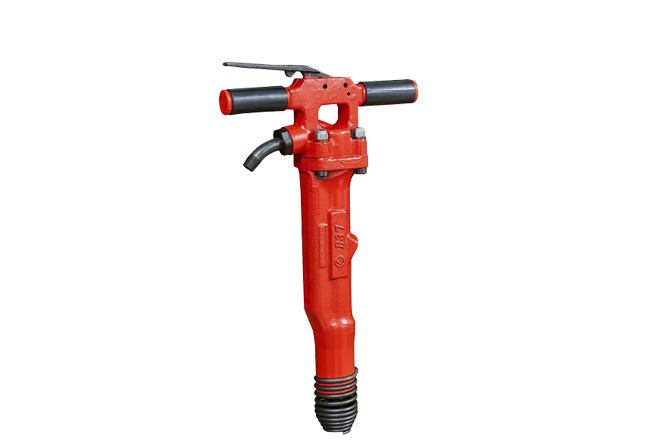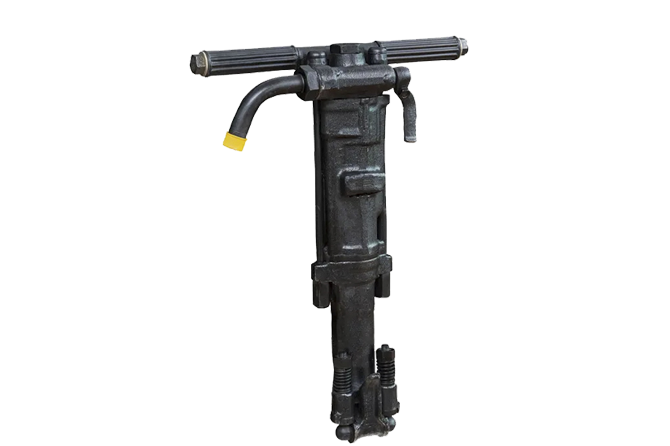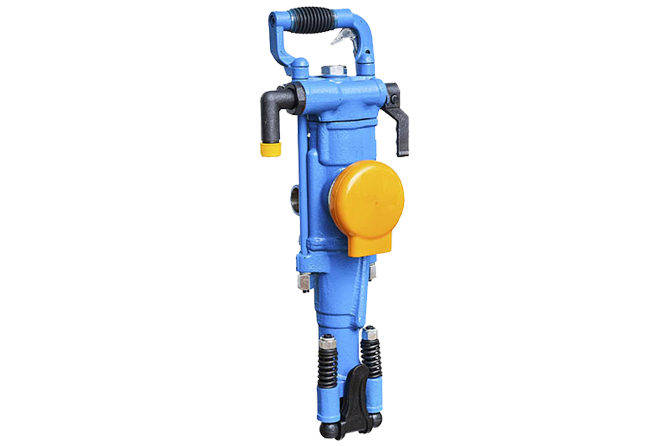Designed by William Mcreavy and then sold to Charles Brady King, the jackhammer is an advanced mechanized tool combining a chisel and hammer in one. Used to break up construction materials like concrete, asphalt, and rock, this tool can come in the form of a hand-held device powered by compressed air or electricity, or even be a larger hydraulically powered machine mounted on construction equipment.
In 1851, Samuel M. Kier made history by inventing the world’s first steam-powered drill. Initially known as a hand steam hammer, it was operated manually by someone turning a crank. Unfortunately, because of its bulky size, the steam hammer wasn’t suitable for widespread use. Come 1871, Daniel Holland of England stepped in and improved upon the existing apparatus; his steam-powered rock drill was much sleeker and surprisingly agile. Throughout Europe and the United States, this machine – now refereed to as a steam navvy – became an instant success, quickly dominating the mining sector.
In 1878, Charles Brady King revolutionized mining operations by introducing the world-first percussive rock drill. The device was powered by steam and appointed with an activating piston-driven hammer. Striking the surface of a rock, the hammer’s impact fractured it into pieces – making the rock drill far lighter and more versatile than its predecessor, the steam hammer. This newfound device opened up an array of possibilities within the industry, including drilling holes for dynamite charges.
Alfred James Talbot revolutionised jackhammering in 1887 when he unveiled his invention – the first machine of its kind to operate using electrical energy. This breakthrough was powered by a battery, and could be turned on and off with a switch, allowing for the use of jackhammers in previously unsuitable areas. Talbot’s invention paved the way for more efficient excavation work.
From large project works like breaking through hard concrete, asphalt, and rock to setting dynamite foundations and hammering stakes into the ground, jackhammers have turned out to be the go-to tool for varied purposes. And with their plethora of size and style options, they cater to all sorts of user demands.
When seeking to break apart specific materials, the size of the jackhammer should be considered carefully. A heavy-duty jackhammer may be necessary for larger tasks like demolishing a concrete foundation, while a lightweight model is perfect for smaller tasks such as a concrete patio.
When it comes to jackhammers, there is an array of options available. From pneumatic to electro- ionic and even hydraulic, these machines are available in a variety of shapes and sizes. Whether the task calls for demolition work inside a structure or excavation in rugged outdoor terrain, there is a jackhammer to suit the job. Here are just a few of the types on offer:
Pneumatic jackhammers are a commonplace yet effective item, powered by compressed air and offered in a multitude of sizes and types to accommodate every user’s needs. They are the go-to tool for a wide variety of applications.
electrically-powered jackhammers are perfect for small-scale purposes, but they are most often used for crumbling away concrete pathways.
For heavier construction work, such as breaking apart concrete foundations, hydraulic jackhammers are a necessity. Powered by immense pressures developed through liquids, these tools make quick work of demolition.
To guarantee maximum security when utilizing a jackhammer, one should always adorn the necessary protective items, particularly ear plugs or muffs to guard against the deafening reverberations. Furthermore, keeping a solid grasp on the hammer and working it with both hands is a must.
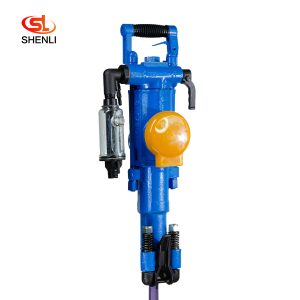
Short Description: YT29A air-legged rock drills are heavy-duty push-leg (air-legged) rock drills with low energy consumption, which are more suitable for drilling horizontal or inc […]
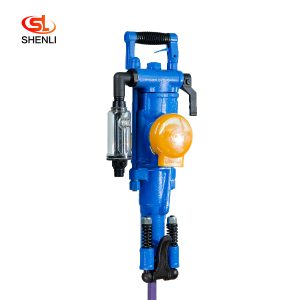
Short Description: The YT28 air-leg rock drill is a kind of high-efficiency, energy-saving and environmentally friendly rock drilling equipment. Compared with similar pneumatic pro […]
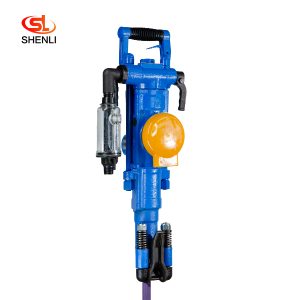
Short Description: The YT27 air-legged rock drill is a highly efficient lightweight rock drill suitable for downward or inclined drilling in medium-hard or hard (f=8 – 18) ro […]
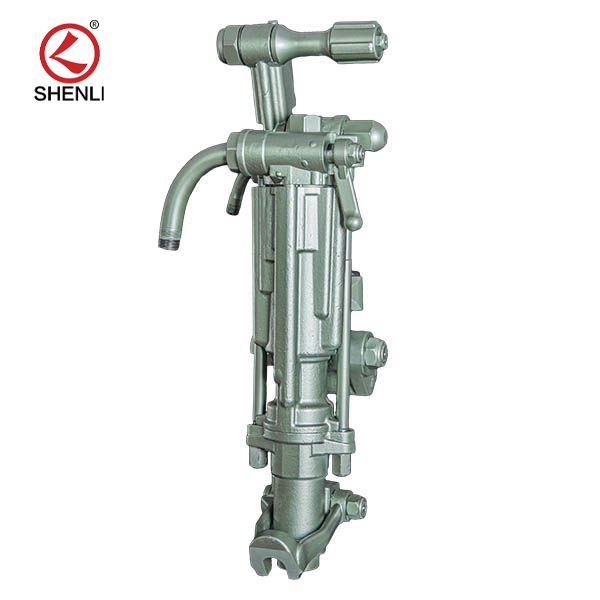
Product description: (S250 jackleg Drill) has been the preferred choice of miners who demand high performance, superior control and lasting reliability. the S250 jackleg allows ope […]
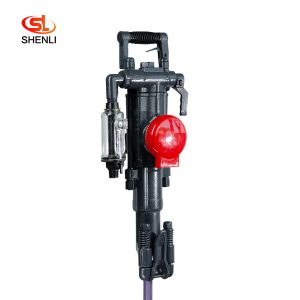
Scope of application: Model S82 air-legged rock drills are heavy-duty air-legged rock drills with high efficiency and low consumption, which are especially suitable for use in the […]
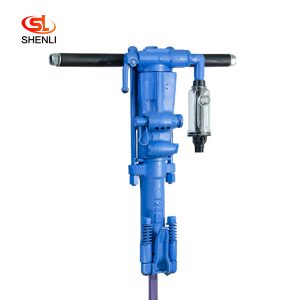
Product introduction Y26 hand-held rock drill is mainly used for drilling shell holes and secondary blasting in mines, railroads, water conservancy, and rock works, which can dry a […]
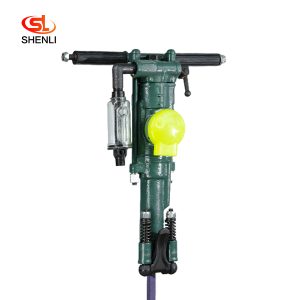
Product description: Y24 hand-held rock drill is a variant of YT24 air-leg rock drill in our factory. It has the advanced level in China and was rated as the high quality product i […]
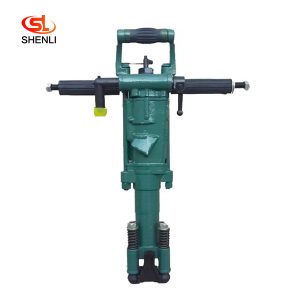
Product description: Y20LY hand-held pneumatic leg dual drill is a kind of light rock machinery, which can be used in secondary blasting in mines and quarries as well as in stone w […]
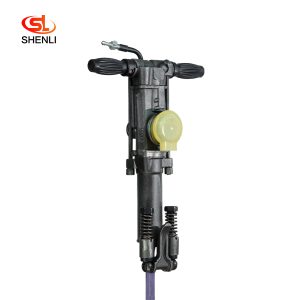
Product Description: Y18 hand – held and air – leg drill is suitable for drilling and blasting holes on soft, medium and hard rocks and W-1.5/4, W-1.8/5, W-2/5 and othe […]

